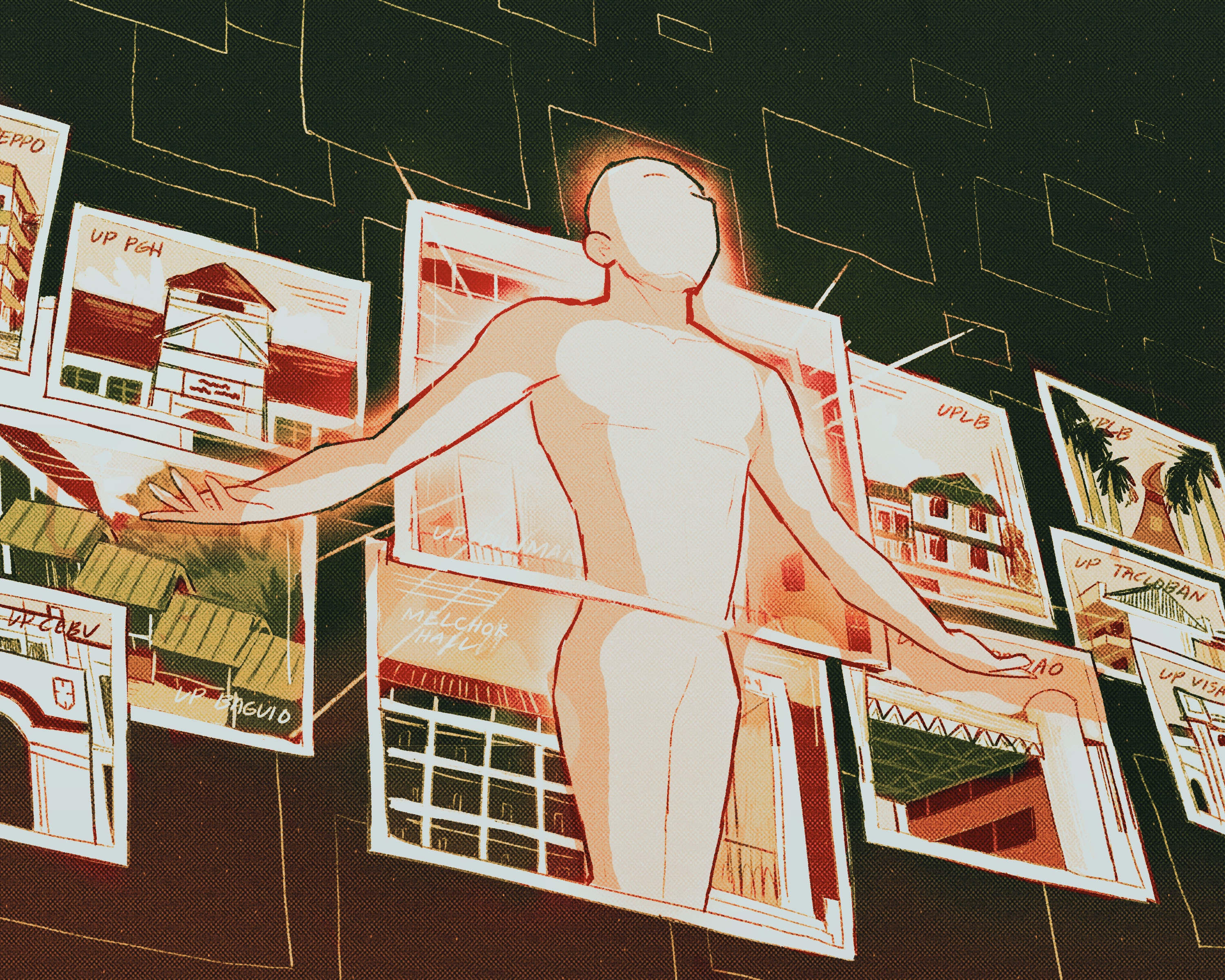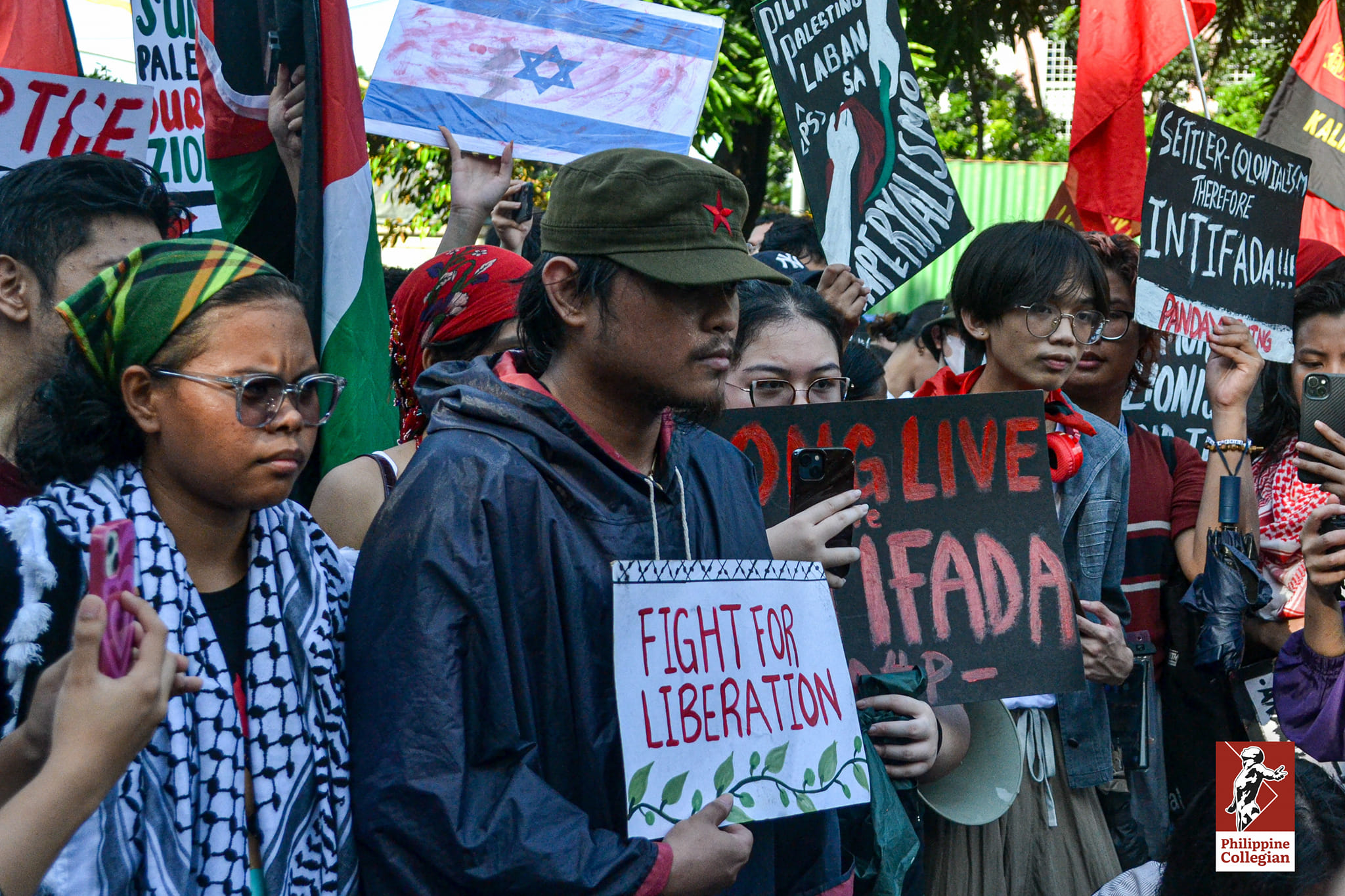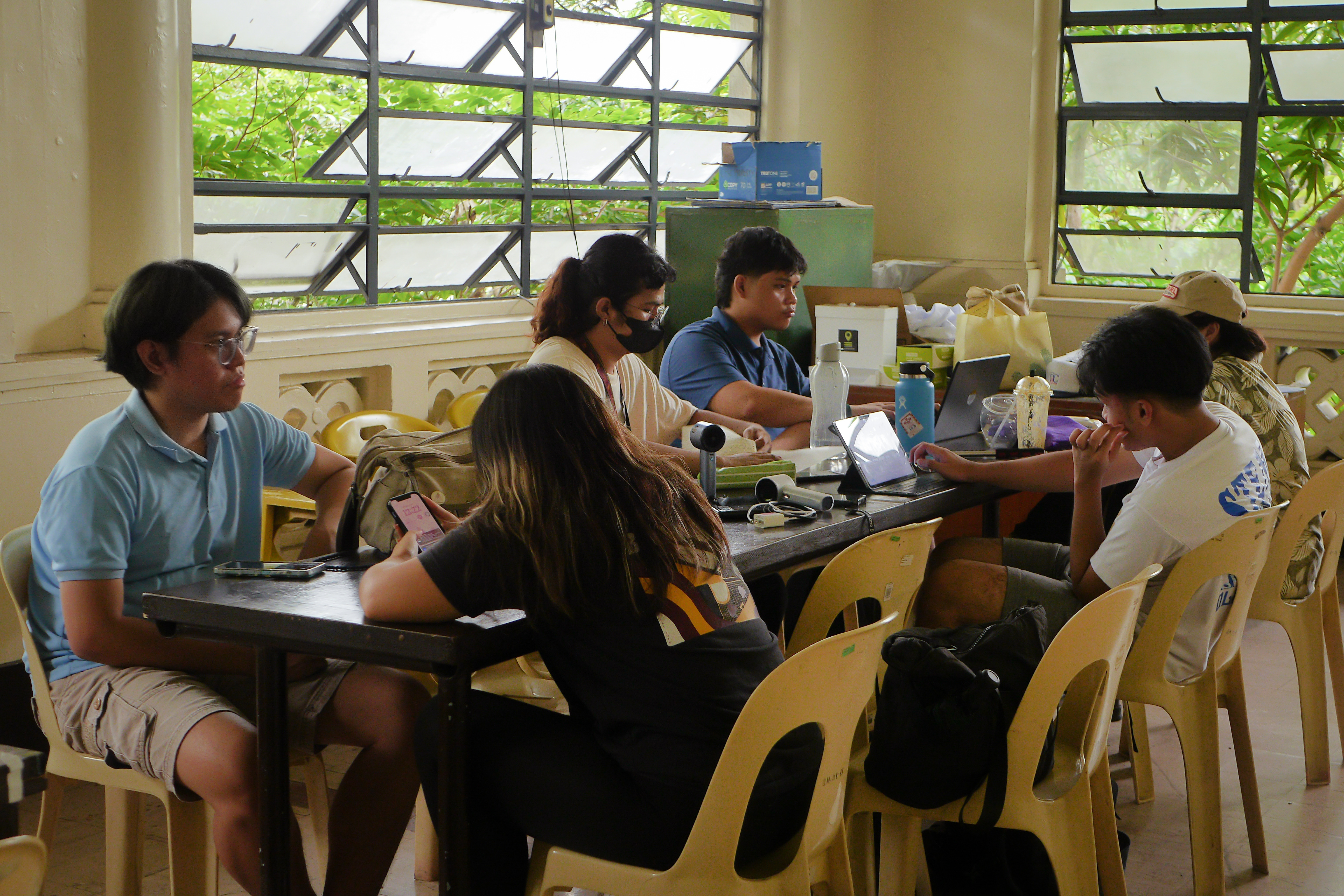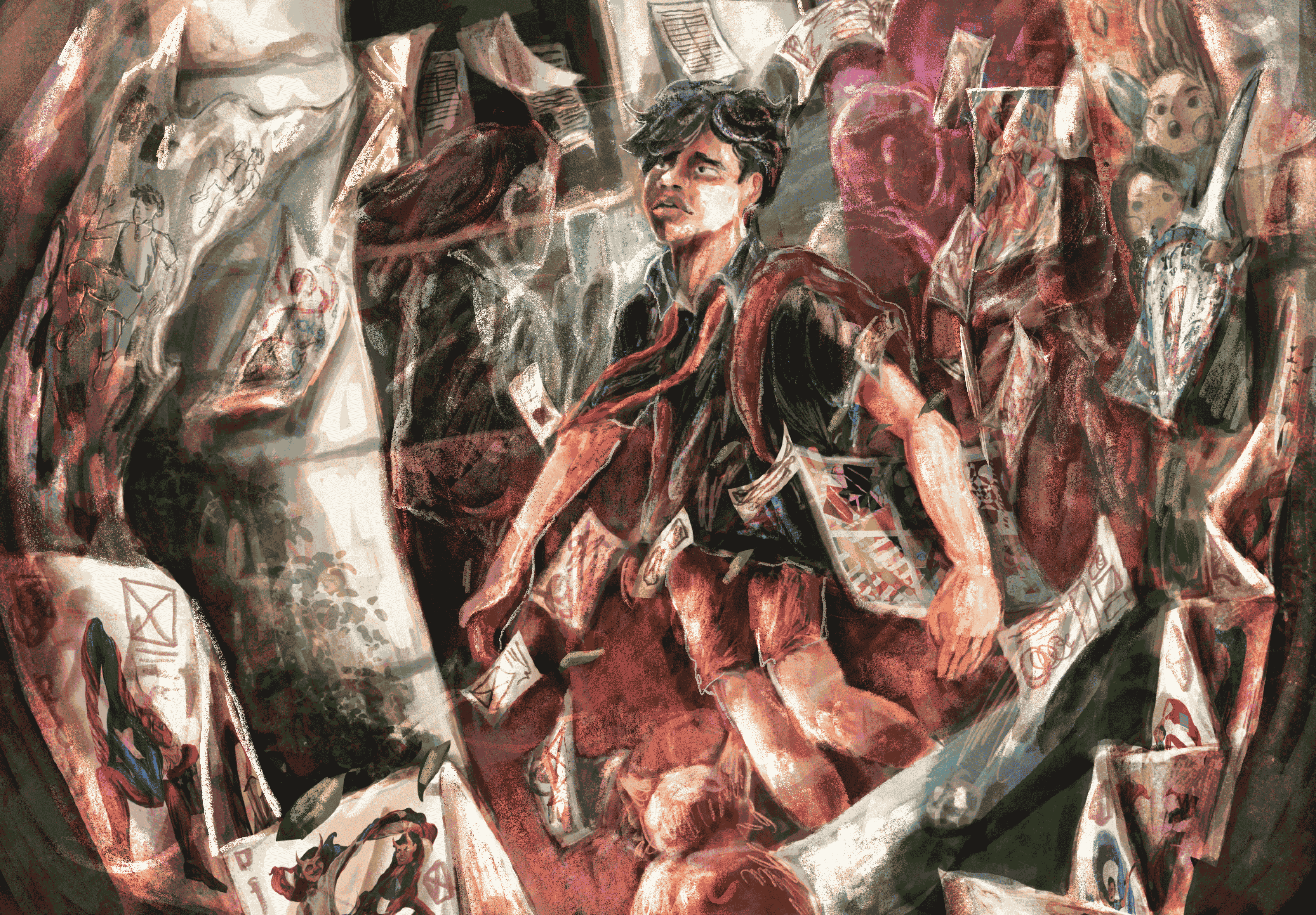Within the UP system, preconceived hierarchies abound across its campuses, sometimes surfacing in online forums. A post in a freedom wall might read: “Diliman is the superior campus, get over it,” or “You only study at LB because you didn’t pass UPD,” while another might mock: “You used Baguio as a stepping stone to get to UP Manila.”
There’s biting sarcasm, bruised pride, and plenty of jokes—some good-natured, some scathing. But beneath it all lies a layered cultural reality: that in UP, where you study can sometimes seem to matter almost as much as what you study.
Despite this, the administration remains committed to the “One UP System” agenda. This is the notion that all UP constituents collectively move forward because “no matter which campus we belong to, we have one identity. We are UP,” per former UP President Alfredo Pascual. This unifying vision is inscribed in the university’s manual and included in the guidebook and speeches of our administration.
But such a slogan, in practice, obscures unequal relations within the university and merely acts like a branding effort to conceal the plight of regional units often relegated to the sidelines.
Pride, Place, and Prejudice
With the Philippines being an archipelagic state, place has defined unique characteristics of each CU and influenced their line of specialization—UP Manila has become a hub for health sciences due to its urban setting and proximity to major hospitals and government institutions; UP Visayas, situated in the coast, is known for its focus on fisheries and marine sciences; while UP Los Baños has long been associated with agriculture and environmental science, shaped by its rural setting surrounded by natural resources.
The landscapes of these units are not merely backdrops, but are imbued with personal and cultural histories and layers of symbolic meaning, according to philosopher Jeff Malpas in his book “Place and Experience.” He said that place plays a crucial role in identity—not simply that we are bound to it, but our very sense of self emerges through our active engagement with it.
While place plays a role in shaping each CU’s identity, the differentiated and embodied experiences in regional campuses are too often undermined or devalued. This marginalization stems in part from regional biases that trivialize the work of other units.
Such a bias is embedded even in the university’s own lopsided allocation of support, mainly concentrated in the country’s capital, attracting students there and making them appear superior due to better facilities and wider program choices.
Campuses in the capital also have the biggest constituents and programs, which necessitates having a larger budget. As a result, the unequal allocation of our budget, further constrained by budget cuts, dilutes the identities and struggles of regional CUs as equally worthy of national attention.
The chronic underfunding of regional campuses thus creates a vicious cycle where their specialized programs and prestige are sidelined, leading to their growth being stifled. In turn, a lower constituency and capacity becomes the convenient rationale for allocating lower budgets for them.
This marginalization underscores how placism, or the discrimination of people or groups based on where they reside, functions both as a cause and a symptom of these unequal material relations. As such, certain places and their people are treated as secondary in the academic hierarchy.
The Magnetism of the Metro
Such a phenomenon is embedded in the national scene, where there is a nexus between placism and prejudiced class-based perceptions in the Philippines, as shown in a 2020 study at Asia-Pacific Social Science Review.
Manila is long cast as the nation’s cosmopolitan heart, embodying modernity, progress, and opportunity, while provinces are often portrayed as backward “backwaters” yearning to join the urban elite.
Though the Philippines itself is subordinate to other large metropolitan nations, similar metropole-satellite internal dynamics play out in the Philippines, corresponding to Gunder Frank’s thesis on underdevelopment. Thus, Metro Manila, for all the commotion, power, and spotlight directed towards it, becomes the center of gravity.
With Metro Manila positioned as the metropole, other regions are directed to the sidelines to play a supporting role—not just materially, but symbolically. Some Filipinos, thus, may have the propensity to be regionalist, as anything that is associated with “other” regions that one is not a part of is seen as inferior.
This molds the Philippines’s cultural identity as unevenly constructed, where representations of regional culture as seen in UP also get fragmented, alienated, and rendered invisible in the backdrop of the buzzing streets and high-rise buildings of the urban center.
Shared Struggles in Separate Places
Ironically enough, what is often perceived as the fragmentation of UP CUs may constitute a valid and necessary form of pluralism—one that strengthens, rather than weakens—the pursuit of a genuine “One UP System.”
Such pluralism reveals itself in shared themes that transcend the geographic locations of the campuses. Even with the divide between CUs, the lopsided and place-based realities among UP CUs can coexist with shared struggles that echo across campuses. For instance, the “We Need Space” movement in Diliman calls for facilities for student housing and safe spaces, while in Baguio, the same cry means the need for proper buildings, classrooms, and safe student avenues.
While the needs may differ for every campus, they expose systemic neglect and the call for a more equitable university. Recognizing these struggles may dismantle placist and classist biases embedded against regional CUs, which are rooted in the very system that created these inequities.
At the end of the day, the ”One UP System” slogan is not going anywhere. It is a call that will continue to echo through the administration’s speeches, policy memos, and news.
If only a sufficient budget is allocated for each campus, perhaps the hierarchy existing among campuses might not hold as much weight. The idea of a “superior campus” could lose its grip, as students would be more likely to find quality education and opportunity right where they are.
After all, those who break into the UP system carry dreams of deeper yearning—a better library, wider student spaces, or even the degree program they long yearned for. Every campus deserves to feel empowered with the sufficient support they need—this is the true meaning of the “One UP System.” ●







